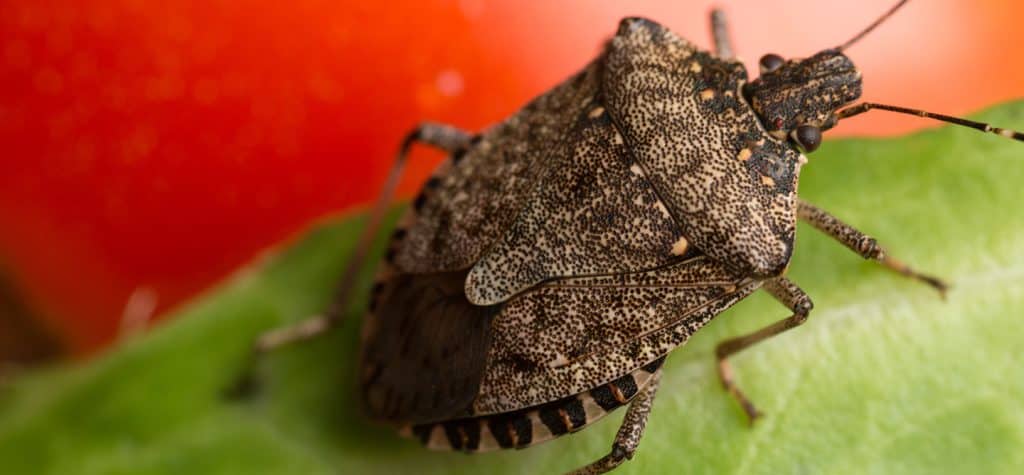Every year, 250 million containers are transported across the world with food, clothes, electronics and other goods we all need. While crucial for the smooth functioning of the global supply chain, containers and their cargoes can also harbour and transfer contaminating pests. All parties in the supply chain have a shared responsibility for stopping the spread of pests by keeping cargo and containers clean, and the Prevention of Pest Contamination of Containers: Joint Industry Guidelines for the Cleaning of Containers provide easy-to-use best practices to help everyone do their part. For this update, we are also happy to welcome ICHCA as a new partner together with, COA, IICL and WSC.
The latest update of the Joint Industry Guidelines for the Cleaning of Containers, published in 2023, was warmly received by regulators and industry, and has become a valued source of guidance when it comes to preventing pest contamination. The 2024 update provides further detail on the concept of custodial responsibility – the inspections and measures that each party in the supply chain should undertake when the container is in their custody, as well as the requirement for the receiving party to inform the tenderer if the container or its cargo has any visible pest contamination.
For the 2024 update, the industry parties behind the Guidelines – the Bureau International des Containers (BIC), the Container Owners Association (COA), the Institute of International Container Lessors (IICL) and World Shipping Council (WSC) – are happy to welcome the International Cargo Handling Coordination Association (ICHCA) as a new partner in supporting the implementation of the guidelines among cargo handlers.
“Each party in the international container supply chain has a custodial responsibility to make sure cargo and containers are clean when they arrive and when they leave their care. If we all live up to these standards, containers will reach their destination faster and our agriculture, forestry and natural resources are protected,” says Lars Kjaer, Senior Vice President of WSC.
Studies show that the introduction of new pests can severely upset an existing ecosystem, with serious ecological consequences and possibly billion dollar impacts on a nation’s economy. Regulators and national authorities play a central role in stopping the transfer of pests, but given the scale of global trade it is prevention – stopping pests from entering cargo or containers in the first place – that is the best solution. With the updated “Prevention of Pest Contamination of Containers: Joint Industry Guidelines for the Cleaning of Containers” BIC, COA, ICHCA, IICL and WSC are looking to further improve the level of prevention across the supply chain to stop the transfer of pests.
